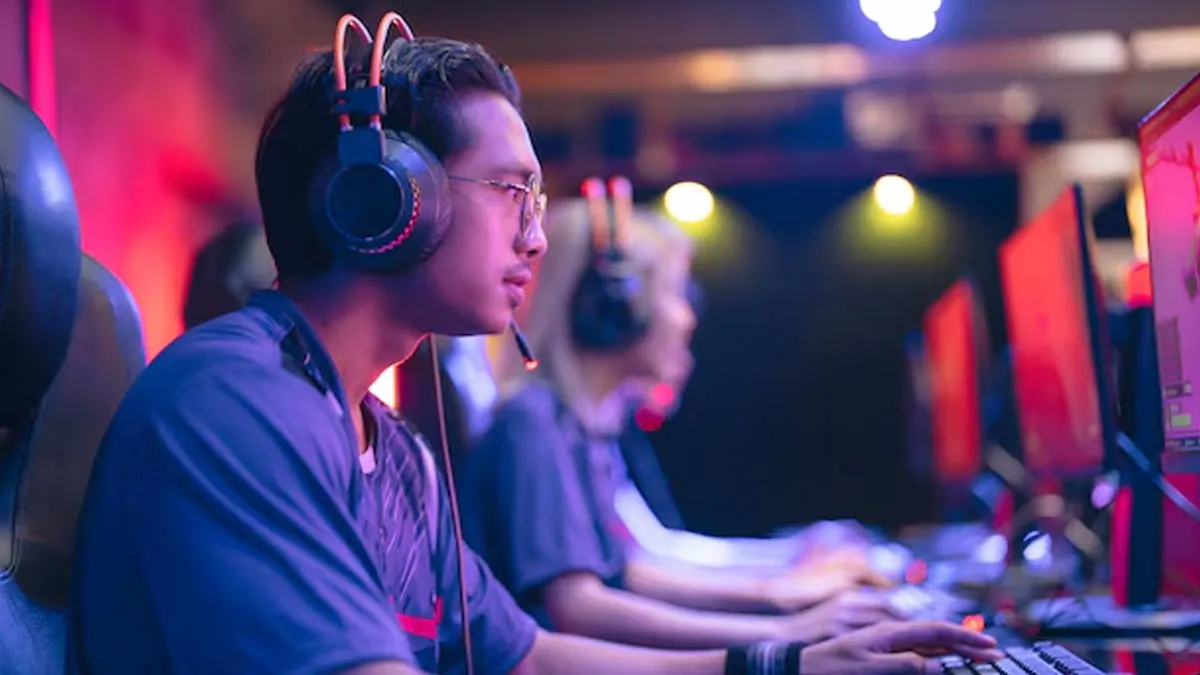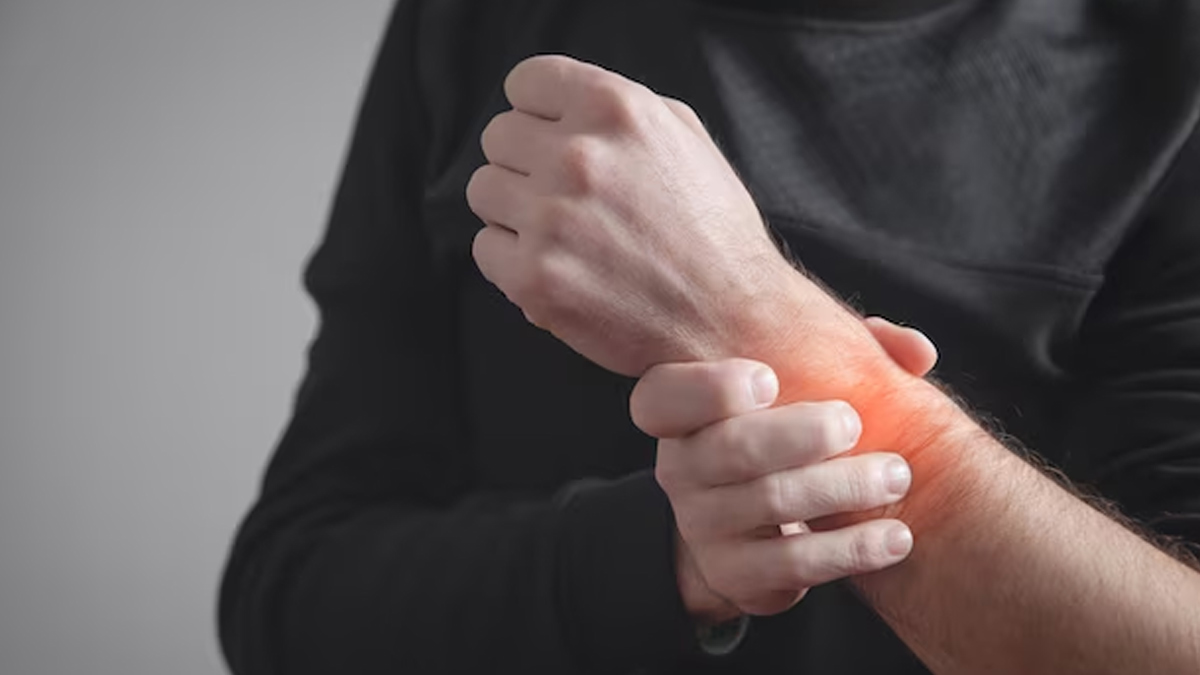
What started as a casual hobby has transformed into a high-stakes profession, with elite gamers training as rigorously as traditional athletes. Unlike traditional sports, which stresses full-body movement, esports require extended periods of repeated actions, usually leading to orthopaedic ailments. Extended gaming sessions, bad posture, and inadequate physical conditioning cause wrist, elbow, neck, and back problems for many digital athletes.
Table of Content:-
We spoke to Dr Mir Zia Ur Rahman Ali, Senior Consultant, Orthopaedic Surgeon, CARE Hospitals, Banjara Hills, Hyderabad, who shared insights to ensure a long and sustainable career in esports by recognising the need for damage prevention, posture correction, and restorative techniques.
Conditions Caused Due To Esports
Esport injuries mostly result from repeated strain, poor ergonomics, and extended static postures. Here are some of the most commonly seen problems, listed by Dr Ali:

- Carpal Tunnel Syndrome: Compression of the median nerve caused by repeated, quick hand motions can cause numbness, tingling, and hand and finger weakness.
- Lateral Epicondylitis: Reduced grip strength and pain follow from elbow inflammation brought on by overuse of the wrist and forearm muscles.
- Tech Neck: Extended forward head posture used in gaming strains the cervical spine excessively, leading to upper back and neck discomfort over time.
- Muscular Tension: Long hours of sitting in poorly built chairs can cause muscular tension and spinal misalignment, causing back pain.
Here is an example cited by Dr Ali, "Let’s look at the life of a 24-year-old seasoned professional gamer Rohan (name changed), who has participated in worldwide e-games challenges for almost five years. Originally, he dismissed little wrist discomfort as a minor side effect of his rigorous practice schedule."
"His gameplay suffered greatly as his side effects worsened since his ruling hand became numb and feeble. Constantly repeated motions without enough wrist support or rest breaks led to carpal passage disorder. Rohan sought to regain flexibility and continue his career by combining physical therapy, ergonomic changes, and focused exercises. His story emphasises e-games and the importance of preventative orthopaedic considerations," he added.
According to a 2022 study, using hand-held devices can raise the risk of injuries in the upper body, while engaging with dance mats and balance boards might result in lower body injuries. The repetitive actions involved in esports, along with constant movement, can lead to muscle soreness, fatigue, and overuse injuries, including issues like impingement, tendonitis, and apophysitis.
Also Read: Your Gaming Habits May Be Ruining Your Mental Health: Expert Explains The Connection
Preventive Strategies for Esportsmen
Anticipating these common injuries and getting the related treatments pre-emptively will enable e-game rivals to maintain their musculoskeletal condition:

- Invest in a top-notch, adjustable gaming chair with proper lumbar support.
- Position the screen to promote good posture, ensuring the top of the monitor at eye level to prevent a forward head stance.
- Choose a mouse and ergonomic console that reduces wrist pressure.
- While seated, keep your knees and elbows at a 90-degree angle to minimise unnecessary joint pressure.
- Maintaining proper posture, sit straight with feet levelled on the ground and shoulders relaxed back.
- Avoid slouching or leaning forward for extended periods.
- Take regular breaks to stretch and reset your stance.
- Engage in wrist, hand, and forearm strengthening exercises to heal strain-related injuries.
- To avoid stiffness and increase flexibility, extend the neck, shoulders, and back. Also, include centre-reinforcing exercises to enhance spinal coordination and reduce lower back pain.
Using Recovery Strategies
Use warm compresses or ice packs to reduce inflammation and ease aching muscles. For muscle relaxation, incorporate hand massages and self-myofascial release techniques. Prioritise sufficient rest and hydration to help muscles recover and reduce fatigue.
Also Read: Virtual Reality Is More Than Gaming: Expert Explains How VR Is Changing Lives In Healthcare
Role of Medical Professionals' Role in Esport Health

Dr Ali said, "The rising popularity of competitive digital gaming means that esports athletes now seek specific medical advice to test for inherent risk factors and avoid overuse injuries. Closely working on prehabilitation programs, ergonomic standards, and specific rehab programs catered for every individual athlete, orthopaedic doctors, physical therapists, and sports medicine specialists work as a team." These steps aim to reduce the risk of musculoskeletal disorders that could impact the hands, wrists, shoulders, and back, potentially ending careers.
Bottomline
Dr Ali concluded, "The rise of esports as a respectable and profitable career underlines how urgently proactive healthcare is needed to preserve players' livelihoods. Over many seasons of hard practice and competition, maintaining good posture and workstation configuration supports sustainability."
Esports experts use strength training, flexibility exercises, and recovery best practices, just as traditional athletes do, to improve performance and extend their careers. Although gameplay lacks intense physical exertion, the repetitive strains from hours at a keyboard and mouse necessitates prioritising musculoskeletal well-being through specialist medical advice and self-care.
[Disclaimer: This article contains information provided by an expert and is for informational purposes only. Hence, we advise you to consult your professional if you are dealing with any health issue to avoid complications.]
Also watch this video
How we keep this article up to date:
We work with experts and keep a close eye on the latest in health and wellness. Whenever there is a new research or helpful information, we update our articles with accurate and useful advice.
Current Version
